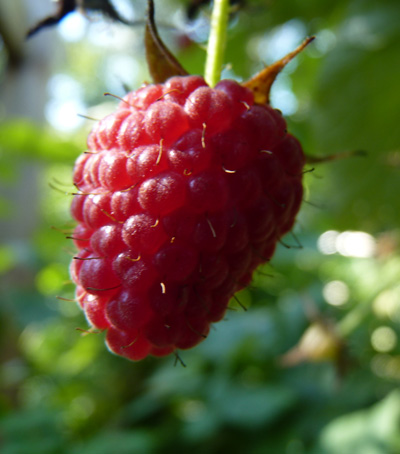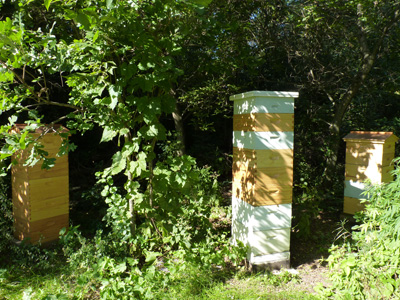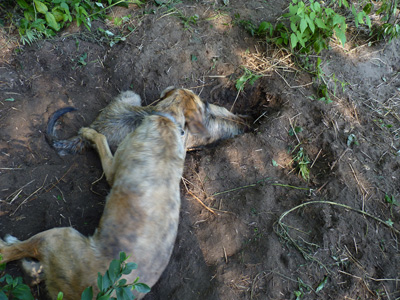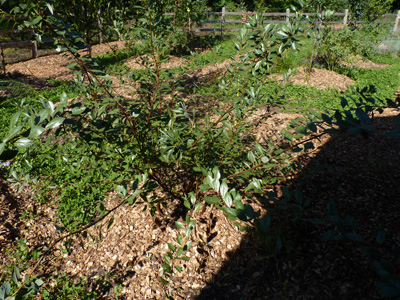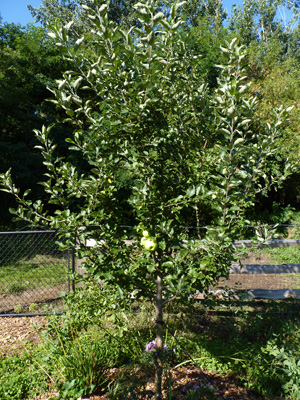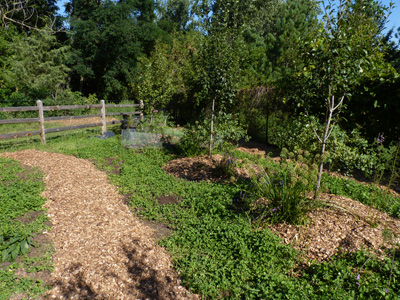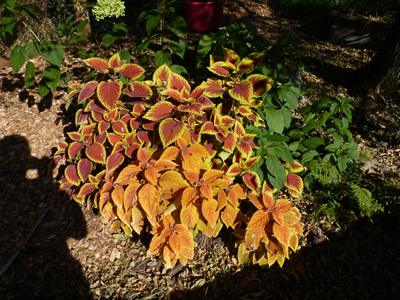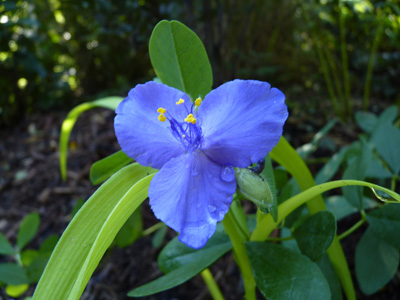Imbolc Waxing Bridgit Moon
Out in South Dakota, near Hecla, the ewes have begun to swell, an ancient, very ancientrail. They will give birth, lambs. Around that time, lambing time, the fields, too, will freshen with grass, food for the little ones. Think of the shepherds at Jesus’ birth. Jacob and his twelve sons. Shepherds rescued Oedipus, Romulus and Remus. The shepherd became a metaphor for closeness to nature, a life untrammeled by the woes of civilization, watching over flocks in difficult places, protecting the sheep from wolves and foxes and dogs. Sheep provide wool for cloth, milk for cheese and meat for the table.
Similar, I suppose, to beekeeping, another very ancientrail. In both cases the shepherd and the beekeeper are partners in a collaboration between, in one instance, fellow mammals, and in the other, with insects. In both cases the primary goal is to maintain the flock and the colony in good health, free from disease and predators, and in return receive wool and honey. It is, to me, a special case though, to enter into an intimate partnership with insects, and not just insects individually, but insects in community, a colony.
This last, this partnership between humans and bees, crosses not only a species barrier, but phyla, both animals yes, but with very different evolutionary paths. I don’t believe there is much fellow feeling between the bee colony and the beekeeper, at least from the bee’s side, yet the collaboration demands each do their part and I find it entrancing that, when I work in the garden and the bees are there, too, dipping into the flowers, that we are colleagues here at 7 Oaks, the bees of Artemis Hives and the humans of 7 Oaks.
When the weather warms above freezing, I will go out and inspect my three colonies, see how many have survived the winter. Just a quick check, the only purpose to discover if the colony is alive. If not, I will order a package for each dead colony. Also, I will remove the bees and try to diagnose cause of death; since a diseased colony, especially one with American Foulbrood, may require burning of all the frames and scorching of the hive box with a flame thrower.
I hope they’re alive, all of them. It was a good feeling last spring to find a thriving colony.
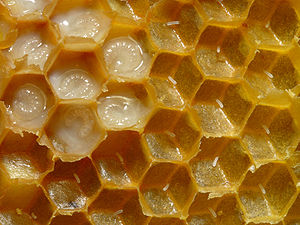 One of the new colonies is queenright for sure. I saw the white, curled up worker bee larvae resting in their cellular incubators. The other colony, I’m not sure. It looked like there were some very early larvae on one frame, but that could have been my hopeful squinting, too. I’ll have to check it again on Monday or Tuesday.
One of the new colonies is queenright for sure. I saw the white, curled up worker bee larvae resting in their cellular incubators. The other colony, I’m not sure. It looked like there were some very early larvae on one frame, but that could have been my hopeful squinting, too. I’ll have to check it again on Monday or Tuesday.
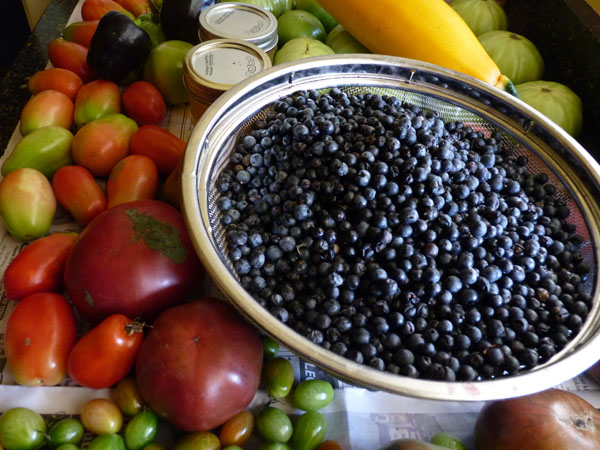
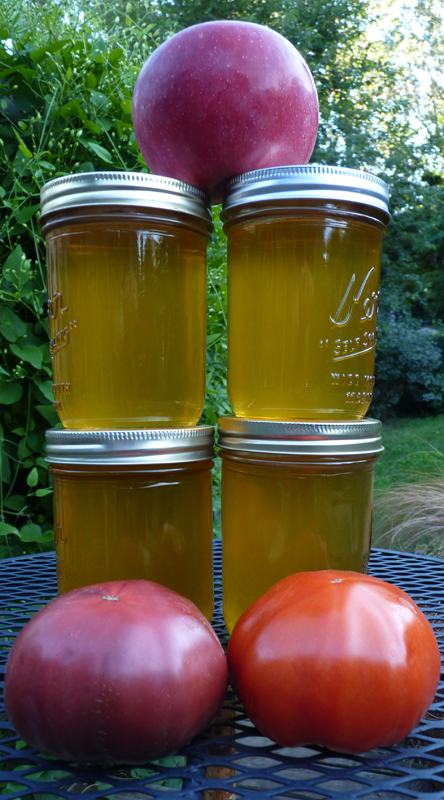
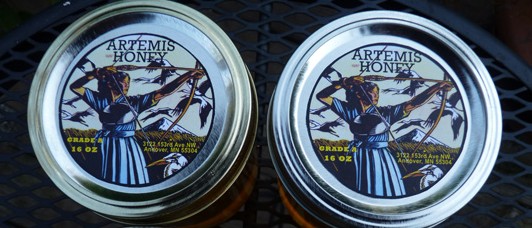
 anyhow.
anyhow.